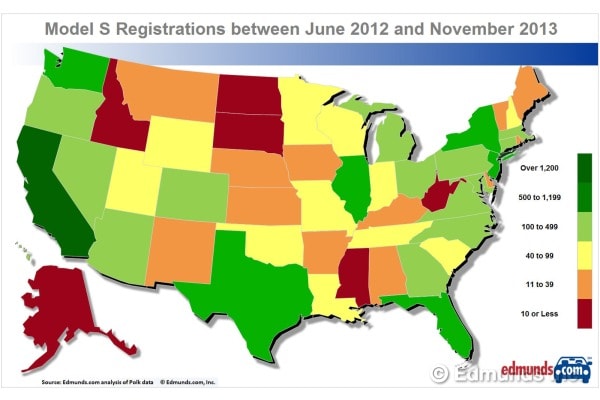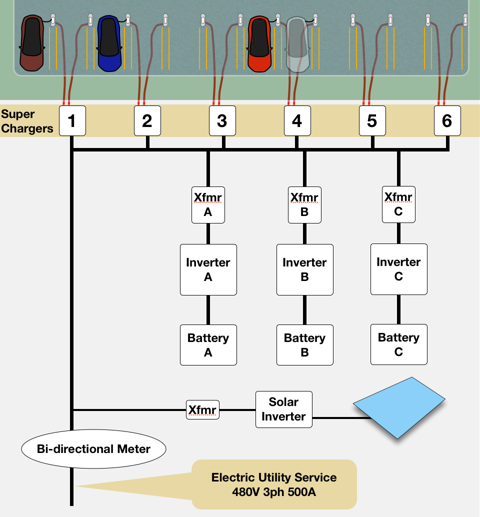ERD50
Give me a museum and I'll fill it. (Picasso) Give me a forum ...
... Buyers will buy power from (non-renewable) peakers only if there is no solar power available to them (and to a smaller extent, wind and hydro), and only then. That isn't theory, it is what happens today.
If there is solar power available, that will be used up first ...
I agree with all that, but I guess I am also confused on where this is leading?
The point of my earlier post, the one I described as 'controversial', is that EVs are using the 'dirty' part of the grid, and will for quite some time. I'm not sure how these other statements from you fit into that?
Quick recap - Outside of perhaps a few areas in Hawaii, I don't think any grids in the US have an excess of solar. As you say, the grid will use all the solar it can get. Adding EV draw increases the load, so since the solar is already all used, the EV causes a higher demand on the dirty part of the grid. Can it be otherwise? And it will stay that way, until we have an excess of solar, and probably longer (to degrees).
So fast forward to some future where we have excess solar (assuming it is economical enough to encourage over-production). If you can harness that with EVs, OK, that sounds great. But it isn't that simple. Unless they go way overboard, that excess is only going to occur on occasion. If these EVs are in regular use, the owners aren't going to go too many days before they charge again. Will EVs be parked and plugged in at noon to be able to charge? Some will, some won't. Do you plug in at work, hoping to charge and get a 'sorry, no excess today, charge tonight'? And every day there isn't excess, they are back to drawing on the dirty part of the grid.
It seems like an awfully fine line. Enough excess to regularly charge EVs, but not so much excess that the EVs can't suck it all in? It still seems way too variable for that in most areas, due to seasonal differences and weather.
Back to costs for a moment. Take an extreme/simple case to make a point, with just enough solar installed to meet needs w/o any excess. Assume they need to charge $0.X/kWh to be profitable. Now they double their installation, and roughly half the additional power becomes excess they can't sell. They now need to charge a higher rate ( ~ 33% more) to remain profitable, because they aren't able to sell twice as much power. So this absolutely affects the cost of solar power.
Sorry if I came across with a 'tone' - I only meant to say that I'm so used to seeing the EV fans make arguments that just can't be supported, and I was not following you, so it seemed you were being a 'fan'. Not so much a judgement as an observation.
20/20 had a report on the Tesla / prius battery technology. Don't quote me on this but the premise of the story was that these electrics actually consume more in terms of energy than a regular gasoline powered vehicle. It has to do with the amount of "Rare Earth" the batteries require for production. China has the lions share of our planet's Rare Earths so they are the ones winning with these electric cars. The earth is the loser.
It's a consideration. I haven't followed it too closely, it seems data is harder to pick out than the basic energy info (which is hard enough!). There is a lot of very questionable info on this from both sides, with obvious bias. If you can sort it out, please post your findings!
-ERD50
Last edited:




